Choosing ink for an inkjet printer
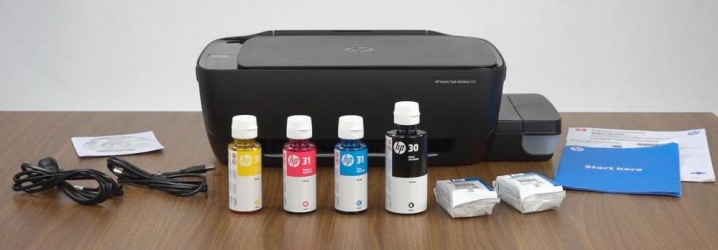
Knowing exactly how to choose ink for an inkjet printer is very important, because, despite all the warnings from manufacturers, refilling of cartridges remains relevant. And you need to use only formulations that are perfectly suitable in a particular case.
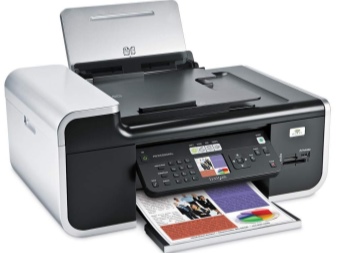
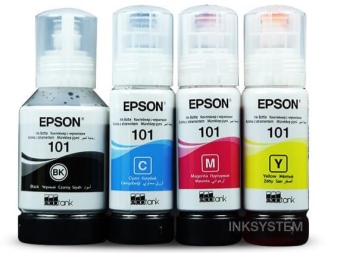
What it is?
Of course, inkjet ink is the ink that allows you to create text, documents, and even images. The chemical composition of the ink depends on the specific task and application. It is also worth considering that many leading companies offer original patented solutions that are protected by the trade secret regime. But for all the differences, the basic principle is always the same - the key dye and the liquid medium.
In different versions, the dye can be in a dissolved or suspended state, but this, in fact, is not so important.
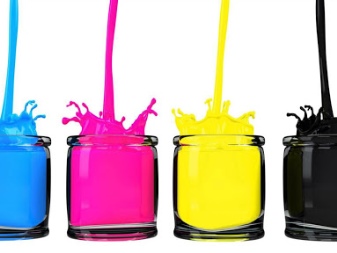

Views
For promotional purposes, the term "general purpose ink" is often used. It should be clearly understood that such a definition can hide a variety of combinations of substances with ambiguous properties. Most often, printer inks are water-borne. They are distinguished primarily by expressive transparency. Pigment dyes are also widely used.
When such substances are in a solid state, it is easy to see that it is a very fine powder with an extremely rich color. Curiously, water is inevitably used in the production of the two main types of printer inks. And not simple, but especially thoroughly purified, even better than ordinary technical distilled water. Water-soluble ink definitely wins in terms of brightness and richness of the created image.
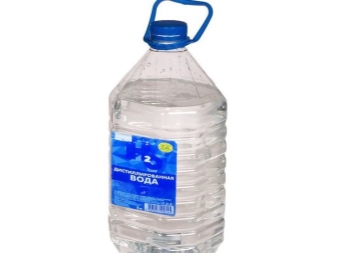
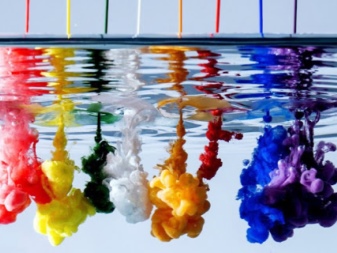
Storage problems arise. Quite small exposures, especially sunlight and moisture, negatively affect the water-soluble formulation. It easily changes its physical and chemical properties, which results in image degradation. Proper storage helps to partially compensate for these risks. But in terms of safety, the comparison will be in favor of pigment ink.
They are able to remain unchanged in appearance for up to 75 years in a row - and even more. The problem is that even the best pigment blends do not provide good color reproduction - ideally satisfactory.
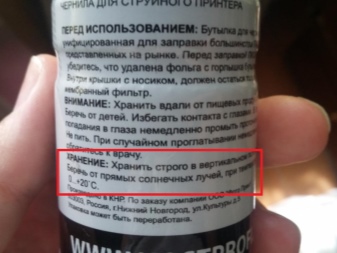

The reason is simple: the dye particles are larger and inevitably scatter the light flux. In addition, the visible hue changes as the illumination changes. Finally, on a glossy surface, even excellent ink dries poorly.
An important gradation is waterproof and water-resistant ink. The first type, after being fixed on the carrier, forms a strong film of increased elasticity. This film will not bleed. But the compositions that are not resistant to water will smear even when trying to wipe off a drop. It is definitely worth mentioning the difference in the level of viscosity and the existence of white ink, which will be useful for creating souvenirs.
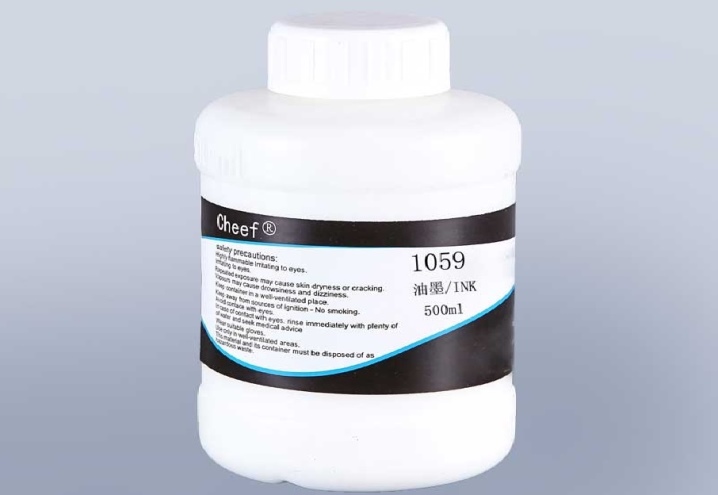
Compatibility
But it is impossible even to limit ourselves simply to the preference of pigment or water, persistent or especially viscous compositions. It is also important to consider the features of specific brands of ink. The products of the leading brands of the printer market are expensive, and pouring liquid from HP into Canon equipment, for example, will cost more. Even for each individual printer model, it is recommended to choose a different blend option.
But using compatible fluids released by third-party manufacturers, you can almost fearlessly if you carefully check everything.
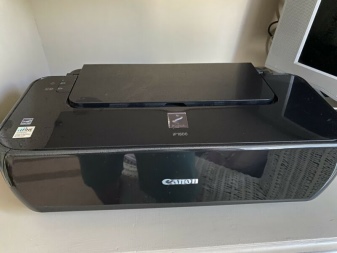
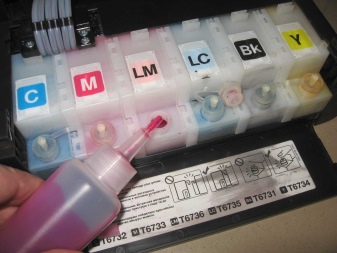
How to choose?
As stated, the best ink is the one recommended by the office equipment manufacturer. Here are some guidelines:
carefully study the instructions;
get acquainted with the labeling on the containers;
take into account the nature of the surface (water-soluble ink is better for glossy materials, and pigment ink for matte materials);
read reviews.
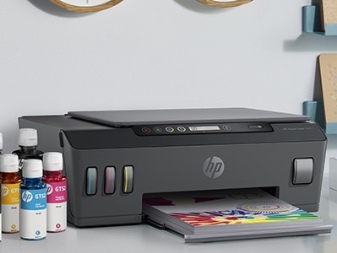
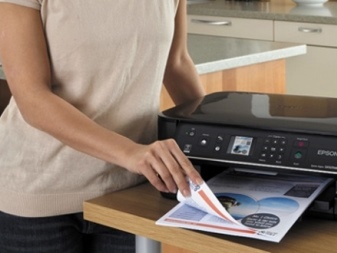
Terms of use
Do not rush to refill cartridges. Excessive diligence when working with a special syringe often results in damage to the ink reservoir... Before the procedure - even in the ideal case - the cartridges should be cleaned. To dilute ink with anything other than a special liquid means ruining the whole business. This step is only permissible to extend the life of the paint, not to increase its overall resource!
You can wash your hands of printer ink by using a solution of laundry soap and a pumice stone or hard sponges. The use of aggressive reagents is not recommended.
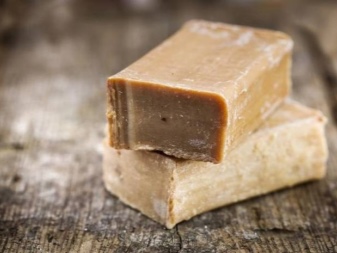
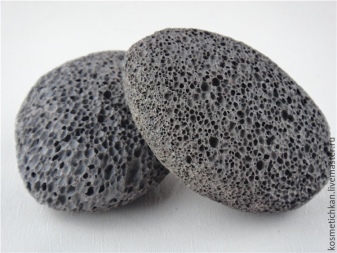
Acetone and white spirit can be used at most. Hydrogen peroxide and alcohol are safer. If you act immediately, you can wipe off the ink using wet wipes.
It is important for even the most careful and tidy people to know how to remove ink stains. Alcohol-containing solvents, starch and citric acid are good at removing fresh dirt. But laundry soap and talcum powder give mixed results. Important: you should try to wash off all liquid dirt under running water before it has time to be absorbed. White things are cleaned with sour milk, and in case of severe pollution - with hydrogen peroxide.
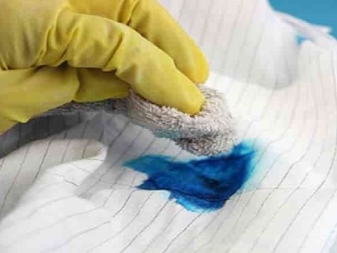
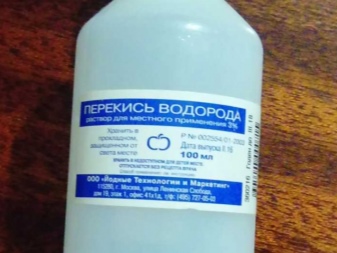
For tips on choosing ink, see the following video.













The comment was sent successfully.